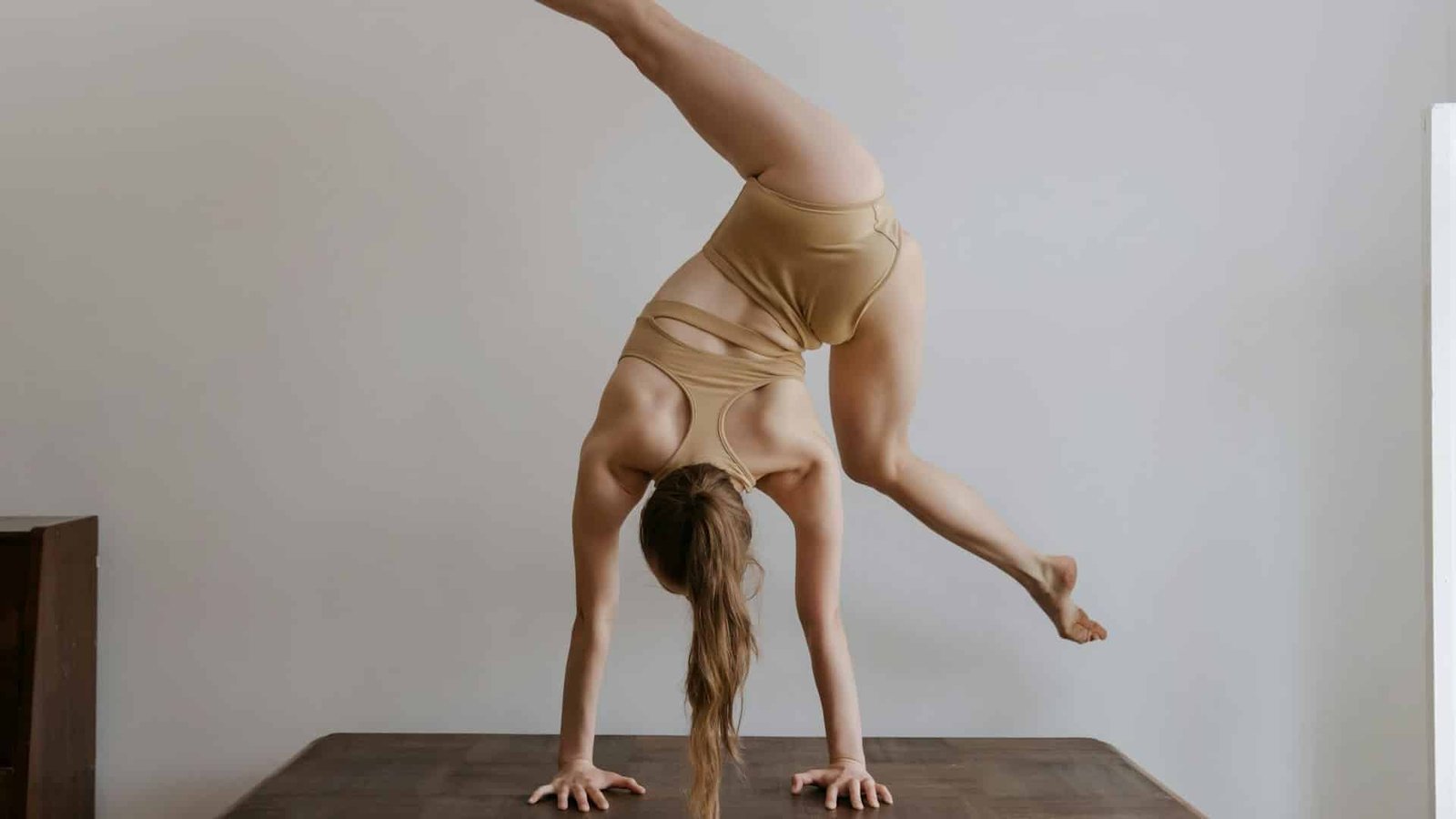Proprioception in Sports: Refining Body Awareness for Better Performance
March 14, 2025

March 14, 2025
Moving with precision, instantly adapting to changes in direction, and maintaining balance even in the most unpredictable situations.
All of this is possible thanks to proprioception, the remarkable ability of the human body to sense itself in space without relying on vision.
For instance, it is what allows us to walk in the dark without hesitation, stay stable on uneven ground, or grasp an object without looking at it.
In sports, where every fraction of a second matters and every movement requires control and fluidity, proprioception is an essential asset.
How Proprioception Works and Why It Is Crucial in Sports
The proprioceptive system is a sophisticated network of receptors located in muscles, tendons, and joints, constantly transmitting information to the brain about body position and movement.
These signals are processed in real-time, thus enabling immediate adjustments to posture and balance, even in highly dynamic situations.
In high-intensity sports, where sudden direction changes and frequent physical contact occur, proprioception becomes a key factor in motor control and injury prevention.
An athlete with well-developed proprioception consequently reacts with smoother and safer movements to every acceleration, sudden stop, or impact.
Strategies and Techniques to Improve Proprioception
Developing advanced proprioception requires targeted exercises that stimulate sensory receptors and enhance the neuromuscular system’s responsiveness.
Balance Exercises on Unstable Surfaces
Tools such as the balance board, BOSU, and proprioceptive cushions are particularly useful for training dynamic stability.
Standing on an unstable surface forces deep muscles and the nervous system to work together to maintain proper posture.
- Example Exercise • Stand on a balance board and hold the position for 30-60 seconds per leg, gradually increasing difficulty by closing your eyes or incorporating additional movements (e.g., dribbling a ball).
Proprioceptive Training with Eyes Closed
Additionally, eliminating visual support forces the body to rely solely on proprioceptive signals.
This type of exercise helps enhance body awareness and improve reaction capability.
- Example Exercise • Stand on one leg and close your eyes, maintaining balance for as long as possible. To increase difficulty, perform the exercise on a soft mat or an uneven surface.
Agility Drills and Direction Changes
Performing drills that require sudden direction changes and responsiveness to external stimuli is an excellent way to develop proprioception in dynamic contexts.
- Example Exercise · Run slalom between cones or poles at increasing speed, focusing on precision and reaction time. Moreover, adding auditory or visual cues can further enhance the effectiveness of the training.
Proprioception Applied to Functional Strength
Finally, strength training exercises performed on one leg or with unstable loads improve neuromuscular control and joint stabilization capacity.
- Example Exercise · Perform a single-leg squat while holding a dumbbell in one hand to engage the core and enhance dynamic balance.
Benefits of Regular Proprioceptive Training
Incorporating proprioceptive exercises into athletic preparation provides numerous advantages:
- Greater Joint Stability · Essential for preventing sprains and overload-related injuries.
- Improved Intermuscular Coordination · Enhances movement efficiency and athletic execution.
- Reduced Risk of Injuries · A well-developed proprioceptive system allows the body to react quickly to unexpected stimuli.
- Enhanced Sports Performance · Athletes with strong proprioception therefore exhibit smoother movements and superior motor control.
The Key Role of Body Awareness in Sports
Refining proprioception enhances every aspect of movement, from balance to coordination, reaction speed, and joint stability.
For athletes, it is not just an advantage but a necessity for optimizing performance and minimizing injury risks.
Integrating proprioceptive exercises into training routines fosters greater body awareness, improving the ability to adapt to any situation.
Investing in body control is the key to moving with greater confidence and fluidity, turning every athletic gesture into a display of precision and mastery.
If you’d like a free consultation to discover what kind of sponsorship might suit you, contact us. We’re waiting for you!
Categories
Recent News
Archives
- November 2025
- October 2025
- September 2025
- August 2025
- July 2025
- June 2025
- May 2025
- April 2025
- March 2025
- February 2025
- January 2025
- December 2024
- November 2024
- October 2024
- September 2024
- August 2024
- July 2024
- June 2024
- May 2024
- April 2024
- March 2024
- February 2024
- January 2024
- December 2023
- November 2023
- October 2023
- September 2023
- August 2023
- July 2023
- June 2023
- May 2023
- April 2023
- January 2018
- December 2017



